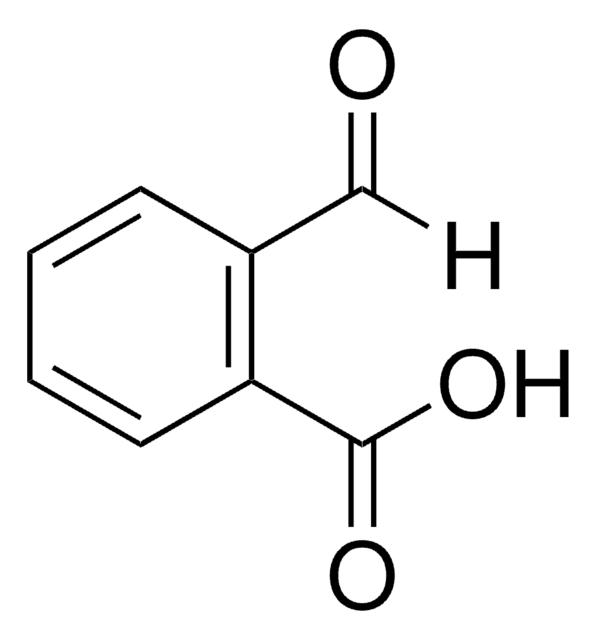229393
Aluminum chloride hydrate
99.999% trace metals basis
Sinónimos:
Aluminium trichloride hydrate, Aluminum(3+) trichloride hydrate, Trichloroaluminum hydrate
About This Item
Productos recomendados
grade
for analytical purposes
vapor pressure
1 mmHg ( 100 °C)
assay
99.999% trace metals basis
form
crystalline
composition
Degree of hydration, 6-7
reaction suitability
reagent type: catalyst
core: aluminum
impurities
≤15.0 ppm Trace Metal Analysis
mp
100 °C (dec.) (lit.)
density
2.398 g/mL at 25 °C (lit.)
application(s)
battery manufacturing
SMILES string
[H]O[H].Cl[Al](Cl)Cl
InChI
1S/Al.3ClH.H2O/h;3*1H;1H2/q+3;;;;/p-3
InChI key
CAYKLJBSARHIDI-UHFFFAOYSA-K
General description
Application
- Precursor to synthesize high surface area alumina aerogels by sol-gel processing method.
- Catalyst for Friedel-Crafts alkylation of indoles.
- Dopant to synthesize Al-doped ZnO thin films by ultrasonic spray pyrolysis.
- Starting material to synthesize Boehmite nanoparticles with controlledmorphology.
signalword
Danger
hcodes
Hazard Classifications
Skin Corr. 1B
Storage Class
8A - Combustible corrosive hazardous materials
wgk_germany
WGK 1
flash_point_f
Not applicable
flash_point_c
Not applicable
Elija entre una de las versiones más recientes:
¿Ya tiene este producto?
Encuentre la documentación para los productos que ha comprado recientemente en la Biblioteca de documentos.
Los clientes también vieron
Nuestro equipo de científicos tiene experiencia en todas las áreas de investigación: Ciencias de la vida, Ciencia de los materiales, Síntesis química, Cromatografía, Analítica y muchas otras.
Póngase en contacto con el Servicio técnico







